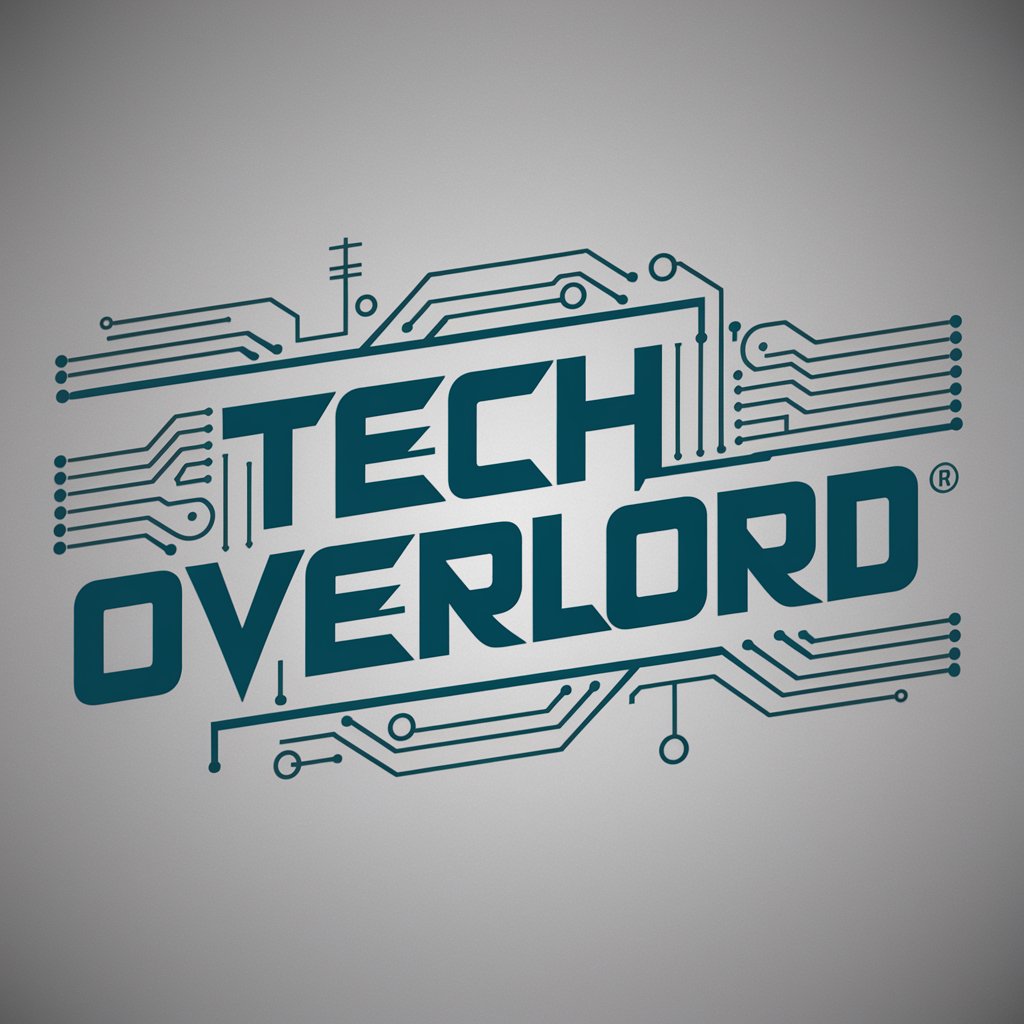Flask - lightweight web framework

You personal Flask copilot, assistant and project generator with a focus on responsive, and scalable UI. Write clean code and become a much faster developer.
Powering web apps with simplicity and flexibility.
🚀 Create a full CRUD app in Flask
💡 How can I connect a database in Flask?
🪲 Find any bug or improvement in my code
💡 Teach me a useful skill or trick in Flask
Get Embed Code
Introduction to Flask
Flask is a micro web framework for Python, designed to make the process of building web applications quick and efficient without the overhead of more complex frameworks. It follows the WSGI (Web Server Gateway Interface) standard and is lightweight, meaning it does not come with built-in features like database integrations, authentication, or form handling, which larger frameworks like Django offer by default. Instead, Flask gives developers flexibility by allowing them to add only the components they need through extensions, resulting in a modular and highly customizable web development experience. Flask is designed to be simple to set up for small applications, while also being powerful enough for larger, more complex applications. For example, Flask is ideal for developing RESTful APIs, single-page applications (SPAs), or even minimalistic web applications like dashboards. Its simple routing system makes it easy to create and handle HTTP requests, while its Jinja2 template engine allows developers to dynamically generate HTML pages. Powered by ChatGPT-4o。

Main Functions of Flask
Routing
Example
The @app.route() decorator is used to bind a URL to a specific view function in Flask.
Scenario
In a simple blog application, you might create a route for the homepage using @app.route('/') to display a list of posts. Similarly, you could create individual post routes like @app.route('/post/<int:post_id>') to display detailed views of individual blog posts.
Request Handling
Example
Flask provides easy access to HTTP request data through the `request` object.
Scenario
In a contact form application, the user submits their message through a POST request. Flask can retrieve this data using `request.form['message']` and then process it, like sending an email or saving it to a database.
Template Rendering
Example
Flask uses the Jinja2 templating engine to render HTML templates with dynamic content.
Scenario
In an e-commerce website, Flask could use Jinja2 templates to render product pages with details pulled from a database. For instance, you can display product names, prices, and descriptions dynamically using templates: {{ product.name }}.
Session Management
Example
Flask provides built-in session management to store user-specific data across requests.
Scenario
In a shopping cart application, Flask can store cart data in a session. For example, when a user adds an item to their cart, this information is saved in a session that persists between requests, allowing the user to navigate the site without losing their cart data.
Flask Extensions
Example
Flask has a rich ecosystem of extensions like Flask-SQLAlchemy for database integration, Flask-Login for authentication, and Flask-Mail for sending emails.
Scenario
For a social networking site, you might use Flask-SQLAlchemy to handle user and post databases, Flask-Login to manage user sessions and authentication, and Flask-Mail to send notifications or email verifications.
Ideal Users of Flask
Small to Medium Projects Developers
Flask is perfect for developers working on small to medium-sized web applications, such as personal projects, minimal APIs, or dashboards. The framework's lightweight nature allows them to scale features as needed without being bogged down by unnecessary complexity from the start.
Developers Needing Flexibility and Control
Flask is ideal for developers who want full control over the components they use in their application. It doesn’t enforce a specific structure, allowing for flexibility in how apps are built. This makes it appealing for developers who prefer customizing every aspect of their stack, using only the tools and libraries that are necessary.
API Developers
Flask is highly suitable for building RESTful APIs due to its simplicity and minimalism. Developers who need to create lightweight API services can easily set up routes and handle HTTP methods (GET, POST, PUT, DELETE) with Flask, without the overhead of a full-stack framework.
Startups and Rapid Prototyping Teams
Startups and teams working on rapid prototypes can benefit from Flask's fast setup and flexible design. Flask allows for quick iteration and testing of ideas, making it an excellent choice for teams that need to develop and validate concepts without being slowed down by rigid framework requirements.
Full-Stack Python Developers
Python developers who work on full-stack applications can use Flask to manage the web front-end while integrating it with other Python libraries for data processing, machine learning, or backend services. Flask’s simplicity makes it easier for Python developers to implement web interfaces on top of complex data pipelines or services.

Steps to Use Flask
Step 1
Visit yeschat.ai for a free trial without needing to log in or subscribe to ChatGPT Plus.
Step 2
Install Flask by running 'pip install Flask' in your Python environment. Ensure Python is already installed.
Step 3
Create a new Python file and import Flask. Start by defining your first route with a simple function to display content.
Step 4
Run your Flask application locally to test its functionality. Use 'flask run' in your terminal.
Step 5
Deploy your Flask application to a public web server like Heroku or AWS to share your app with others. Use Git for version control and deployment.
Try other advanced and practical GPTs
Svelte
AI-powered tool for building fast web apps.

PowerShell
Efficient task automation with AI-driven PowerShell

CSS
AI-powered CSS for modern web design.

将来年収シュミレーター
Project Your Earning Potential

YouTube Title Generator
Craft Winning Titles with AI

Info Master
Unleash AI-driven insights instantly

Literal Interpretation
AI-Powered Literal Bible Interpretation Tool

Corretor
Perfect Your Portuguese with AI

Text to Video Generator
Instant AI-Powered Video Creation

Next.js
AI-powered tool for creating Next.js apps

Tech Overlord
Empower Your Tech with AI

Animate Me 3D
AI-powered Pixar-style 3D transformation

Detailed Flask Q&A
What is Flask used for?
Flask is a micro web framework for Python, ideal for building web applications, APIs, and serving dynamic content.
How does Flask handle database interactions?
Flask itself does not provide database tools, but it can be easily integrated with extensions like Flask-SQLAlchemy for ORM-based interactions.
Can Flask be used for large-scale applications?
Yes, while Flask is minimalistic, it can be scaled up with proper application structure, Blueprints for modular design, and additional tools for handling more requests.
How does Flask compare to Django?
Flask provides more flexibility and control with less overhead, making it suitable for smaller projects or when more customization is needed. Django is more feature-rich out-of-the-box.
What are Flask Blueprints?
Blueprints are components in Flask that allow you to organize your application into reusable, modular sections, helping manage larger applications more efficiently.
